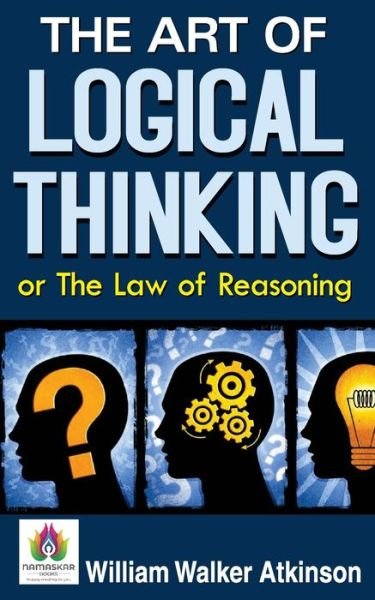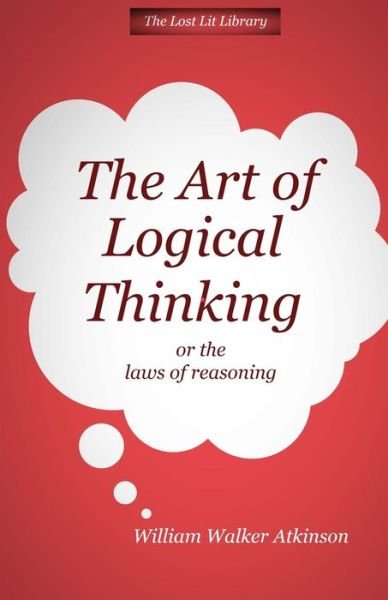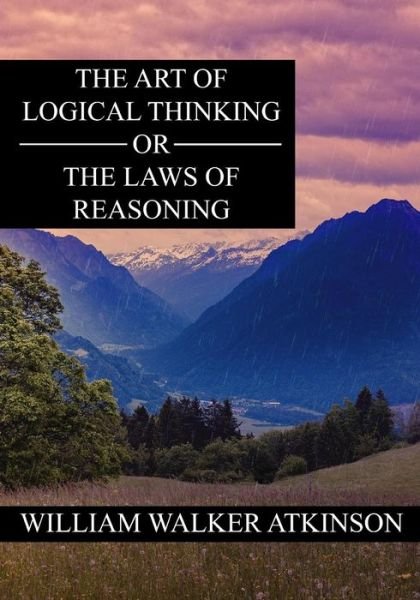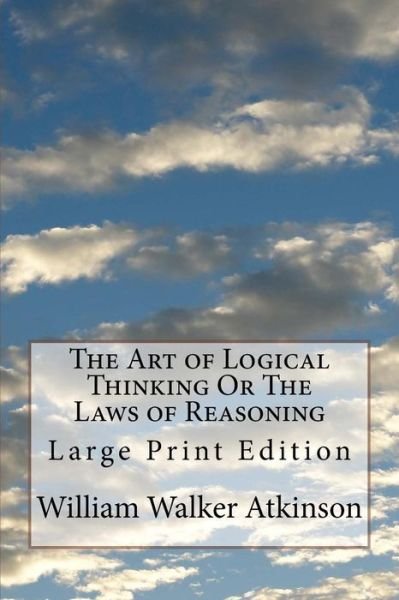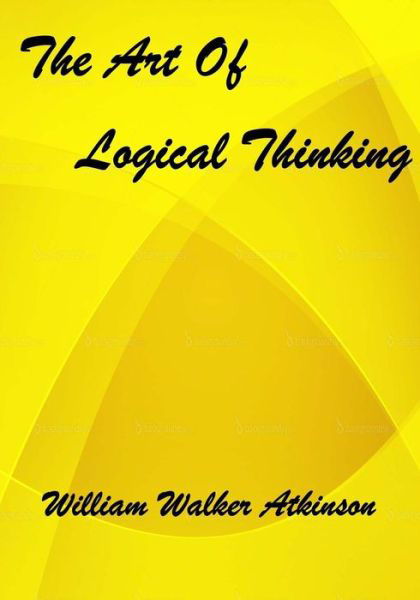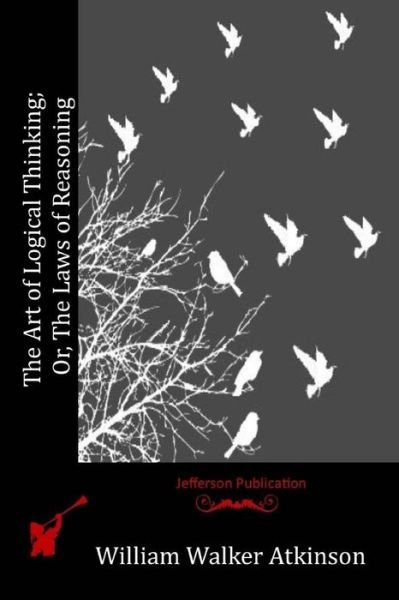
Tell your friends about this item:
The Art of Logical Thinking
William Walker Atkinson
The Art of Logical Thinking
William Walker Atkinson
William Walker Atkinson, an attorney by trade, explains different kinds of logic and reasoning - deductive, inductive and hypothetical.
The author begins by describing how the mind forms ideas and concepts, and then subjects these to the mental processes of higher reasoning. The memory stores a repository of terms, which are different from concepts in that they apply exclusively to the name of things. Through reasoning the mind can arrive at a judgment of a given thing or idea, and through simple distinction can reject what is false - for instance, the notion that a horse is a cow.
Moving on from these simple examples, Atkinson describes how complex judgments and analyses are formed by the mind. Piecing together an accurate chain of events forms a kind of inductive reasoning - for example, if several people enters a store empty-handed, and later emerge with bags of fruit and vegetables, is it sensible to infer that it is a grocery store. Deriving conclusions from facts and events is forming a hypothesis; with the use of information, assertions can be made to arrive at a sensible conclusion - without personally entering said store, based on known facts it is credible to hypothesize that it sells groceries.
86 pages
| Media | Books Paperback Book (Book with soft cover and glued back) |
| Released | 1909 |
| ISBN13 | 9781789872972 |
| Publishers | Pantianos Classics |
| Pages | 86 |
| Dimensions | 229 × 151 × 9 mm · 136 g |
| Language | English |
More by William Walker Atkinson
Others have also bought
More from this series
See all of William Walker Atkinson ( e.g. Paperback Book , Hardcover Book , Book and CD )

 Christmas presents can be returned until 31 January
Christmas presents can be returned until 31 January


















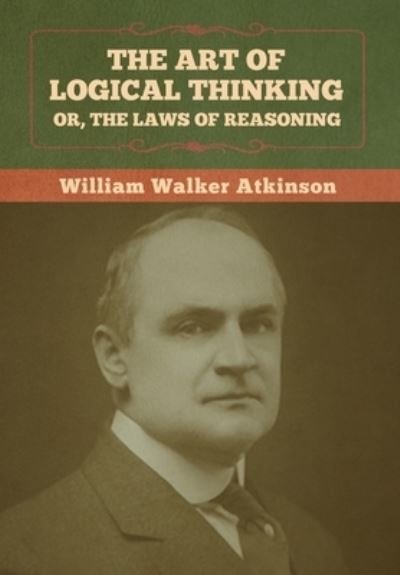








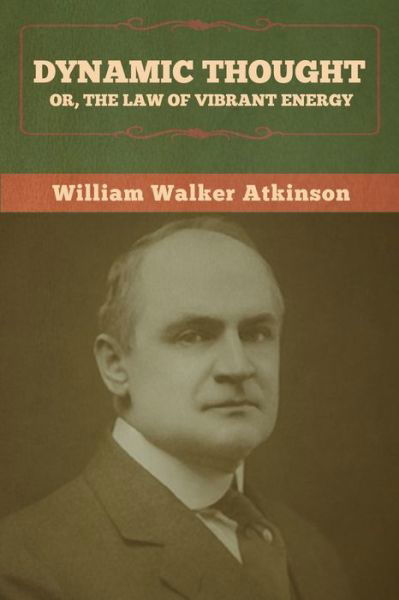






![Cover for Rupert Sheldrake · Morphic Resonance: The Nature of Formative Causation (Paperback Book) [4th Revised, Expanded edition] (2009)](https://imusic.b-cdn.net/images/item/original/174/9781594773174.jpg?rupert-sheldrake-2009-morphic-resonance-the-nature-of-formative-causation-paperback-book&class=scaled&v=1429961282)
![Cover for Robert Moore · King Warrior Magician Lover (Paperback Book) [New edition] (1991)](https://imusic.b-cdn.net/images/item/original/061/9780062506061.jpg?robert-moore-1991-king-warrior-magician-lover-paperback-book&class=scaled&v=1419098884)



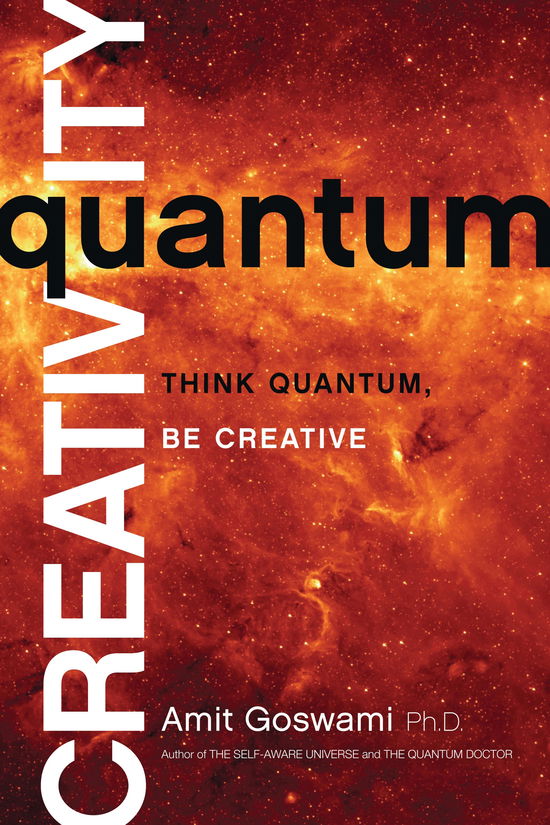
![Cover for George P Hansen · The Trickster and the Paranormal (Paperback Book) [1st Printing edition] (2001)](https://imusic.b-cdn.net/images/item/original/820/9781401000820.jpg?george-p-hansen-2001-the-trickster-and-the-paranormal-paperback-book&class=scaled&v=1490309697)

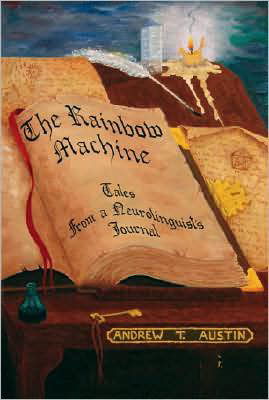


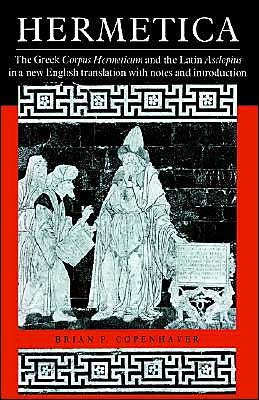
![Cover for Douglas R. Hofstadter · Godel, Escher, Bach: An Eternal Golden Braid (Paperback Book) [New edition] (1999)](https://imusic.b-cdn.net/images/item/original/562/9780465026562.jpg?douglas-r-hofstadter-1999-godel-escher-bach-an-eternal-golden-braid-paperback-book&class=scaled&v=1438536584)

